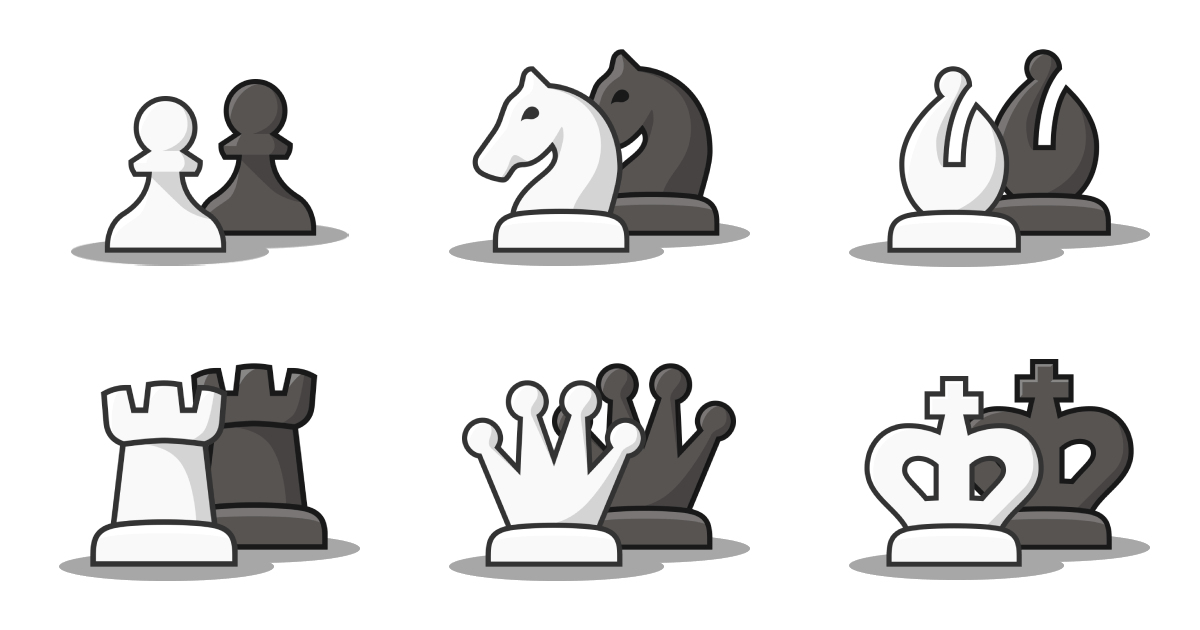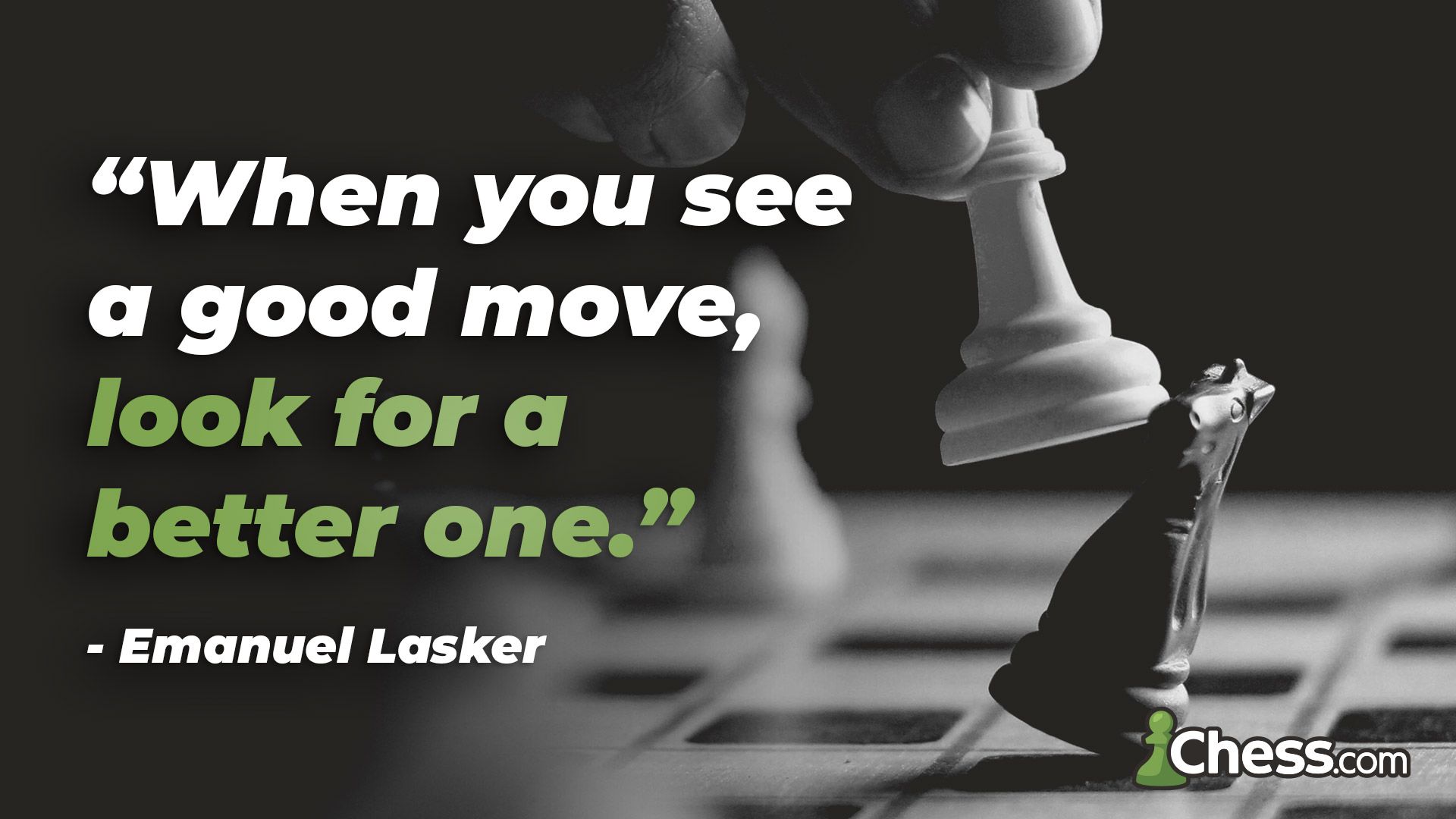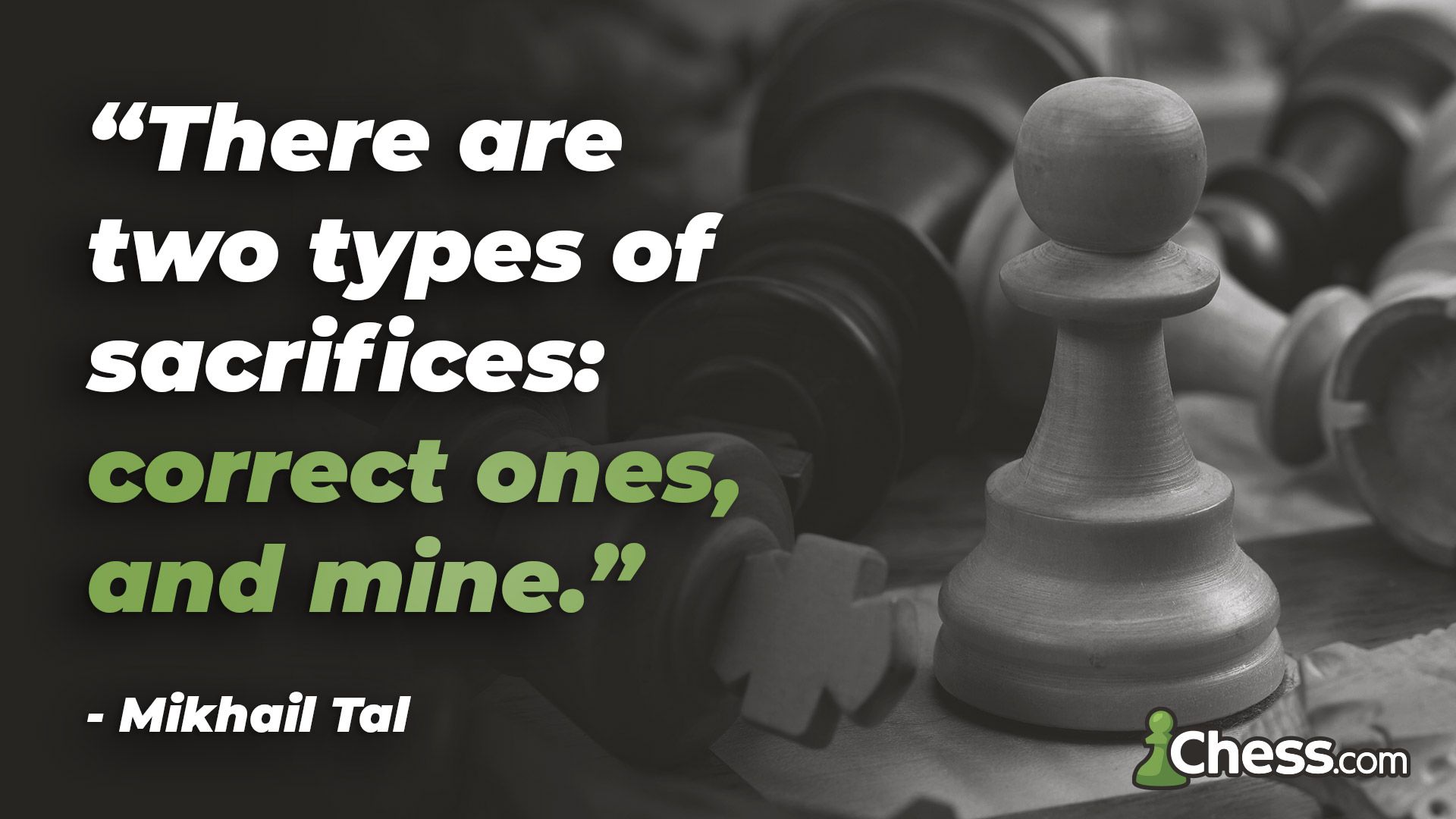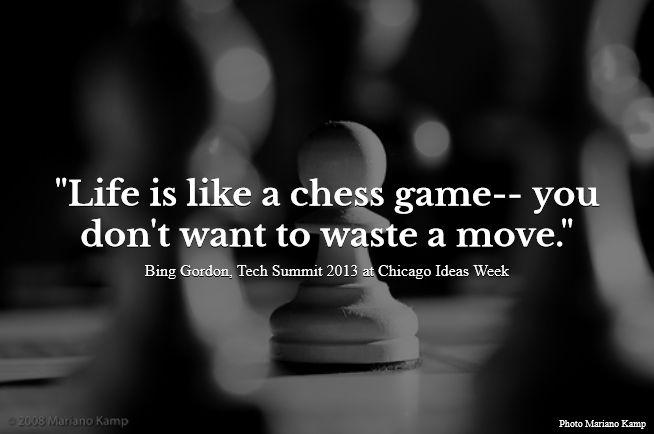
Setting Up the Chess Board
To play chess, players require at least a chessboard and a set of chess pieces. If playing a timed match, a chess clock is also essential. Additionally, players often use a score sheet to document their moves throughout the game.
A standard chess set consists of two opposing armies, each comprising eight pawns, two knights, two bishops, two rooks, one queen, and one king. These armies are differentiated by color—one side has light-colored pieces, while the other has dark-colored ones. Regardless of the actual shades, the lighter side is always referred to as White, and the darker side as Black, a tradition rooted in the historical use of ivory and ebony pieces.
Chess features six distinct types of pieces: the pawn, knight, bishop, rook, queen, and king. Each piece moves in a unique way, making strategic positioning and movement essential to mastering the game.
White has 16 pieces,same with Black.White and Black together have 16+16=32 pieces.
How to win at chess?:The objective of chess is to capture as many of your opponent’s pieces as possible and ultimately trap their king. When the king is completely trapped and cannot escape, this is called checkmate, and the player delivering checkmate wins the game. However, achieving checkmate is not easy, as your opponent will actively try to protect their king and counter your moves.
The player controlling the White pieces always moves first. After the first move, both players take turns making one move at a time. When it is your turn, you must make a move—skipping a turn is not allowed. This alternating structure continues until the game reaches a conclusion, whether through checkmate, a draw, or other special conditions.
A chess piece set has two different armies of pieces, each containing eight pawns, two knights, two bishops, two rooks, a queen, and a king. Players can distinguish their armies based on their colors, with light and dark pieces. Regardless of the actual color of the pieces, the light side is called White, while the dark side is called Black—reminiscent of the ivory and ebony pieces used in the past.
There are six types of chess pieces. They are the pawn, the knight, the bishop, the rook, the queen, and the king. Each of those pieces moves differently.

The first and most important step in setting up a chess game is making sure that the chessboard is placed in the correct orientation. A properly aligned chessboard ensures fair gameplay and prevents mistakes in piece placement. No matter where you are playing—whether at home, in a tournament, or online—the correct positioning of the board remains the same. When placing the board, always remember that the bottom-right square from your perspective should be a light-colored square. This simple but crucial rule is often summarized as "light on the right."
To double-check the board’s alignment, sit directly in front of it and look at the first row of squares closest to you. Focus on the square positioned at the far-right corner of that row. If that square is a dark-colored one, the board has been set up incorrectly. To fix this, rotate the entire board 90 degrees clockwise so that the light-colored square is now in the lower-right corner. Ensuring the board is correctly oriented at the start of the game prevents confusion and allows both players to follow standard chess notation without any issues.
This step may seem like a minor detail, but it is essential for consistency in chess play. Even experienced players occasionally misplace the board if they are not paying close attention. Incorrect board placement can cause problems later in the game, especially when players are following recorded moves or using a chess clock. Many official chess sets come with coordinates printed along the edges, which can also help verify proper board alignment. The letter "a" should always be on the leftmost side for White, and the number "1" should be closest to them, reinforcing the correct orientation.
The diagram below visually demonstrates the correct way to position a chessboard, along with an example of an incorrectly placed board. Taking a moment to check the board’s alignment before the game begins is a simple but essential habit that ensures smooth and fair gameplay.
 Now it’s time to explore the chess pieces, and to begin, I will introduce you to their names. At the same time, I will also guide you through the correct way to set up a chessboard at the start of a game. Understanding both the names and the initial arrangement of the pieces is crucial for playing chess correctly.
Now it’s time to explore the chess pieces, and to begin, I will introduce you to their names. At the same time, I will also guide you through the correct way to set up a chessboard at the start of a game. Understanding both the names and the initial arrangement of the pieces is crucial for playing chess correctly.
Let’s start by examining this particular piece:
This is the rook. Although it is sometimes called the castle, its proper name is the rook. At the beginning of the game, each player has two rooks—one positioned in the far-left corner and the other in the far-right corner of their side of the board. The same setup applies to Black, with one rook placed in each of their board’s corners.
Next to each rook, a knight is placed. The knight, often referred to as a horse due to its shape, is correctly called the knight in chess. This placement is the same for both White and Black, ensuring that each side starts with a knight positioned beside each of their rooks.
Next to the knights you place the bishops.One on the left side and one on the right side, with the same arrangement for Black.
On the two remaining squares, you place the king and the queen.
However, it's important to remember that when setting up the board, the queen should always be placed on the square that matches her color. In other words, the White queen starts on a light-colored square, while the Black queen begins on a dark-colored square.
In the row directly in front of the ''big'' pieces, you place all eight pawns.
The White pawns are positioned on the second rank, while the Black pawns are placed on the seventh rank. This is not a random arrangement—it is the standard setup. The White pieces should always occupy the first and second ranks, while the Black pieces should be arranged on the seventh and eighth ranks.

The side where the kings begin the game is called the kingside, while the side where the queens are placed is known as the queenside. These names help players navigate the board and describe movements more easily during the game.

The kingside
 The queenside
The queenside
In chess, the player controlling the White pieces always makes the first move. The choice of who plays as White and who plays as Black can be determined randomly. A common method is to hide a white pawn in one hand behind your back and have your opponent guess which hand it is in.
Did you have any questions about how to set up a chessboard?If the answer is yes please right in the comments.![]()
Thank you for reading!
© from my lichess study















